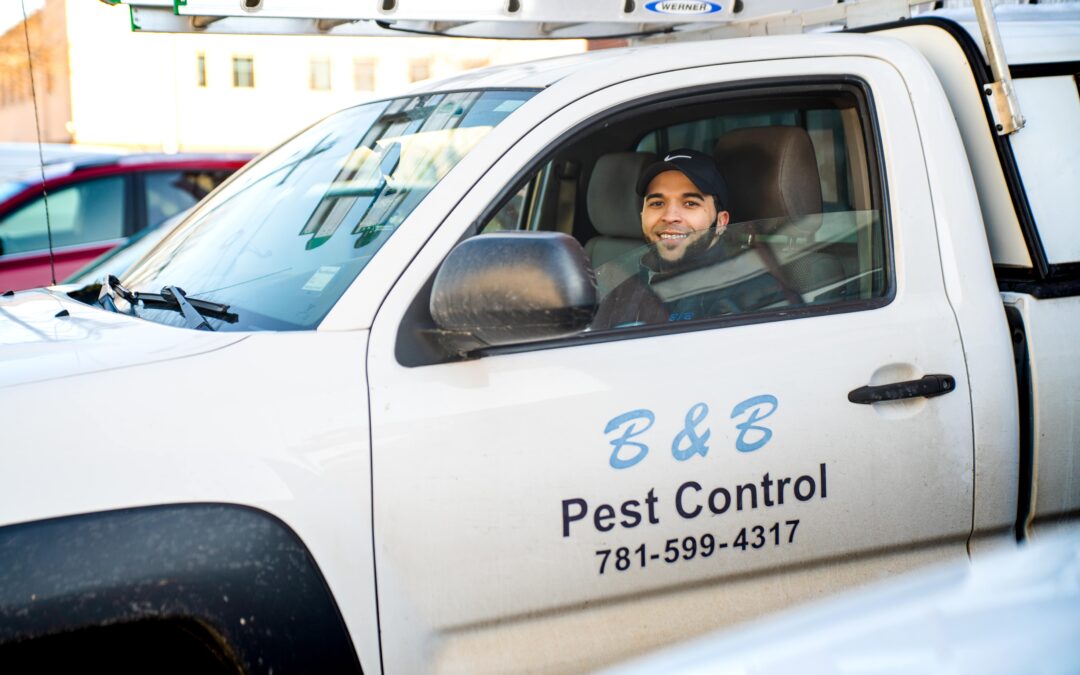It is often said that the most common phobia is arachnophobia, but actually, ophidiophobia (fear of snakes) is even more widespread. A recent study revealed that more people fear scorpions than spiders, but of course scorpions are also arachnids. More than 30,000 spider species have been documented worldwide, and most species are very small, similar to house spiders or indoor cobweb spiders. While all spider species produce venom, most are too small in size for their fangs to penetrate human skin, and only an extremely small minority of spider species are capable of inflicting medically harmful bites.
The only medically significant spider species found in Massachusetts are the northern black widow (Latrodectus variolus), and to a lesser extent, the yellow sac spider (Cheiracanthium mildei). While the yellow sac spider is unique for being aggressive toward humans and biting without provocation, their bites, though painful, are rarely of medical importance. Although the northern black widow’s habitat range extends northward and into southeastern Canada, these spiders are rarely spotted in Massachusetts. However, one recent incident in Mendon saw a five year old girl hospitalized due to having sustained a black widow bite while on her front porch.
It is rarely necessary to eliminate spiders from homes since most are harmless and are beneficial for preying on insect pests. Despite this, spider control services provide pest control companies with a significant source of revenue, as many people cannot tolerate sharing their home with even one spider. Professional spider control becomes necessary in three situations: when plentiful indoor webs become a nuisance, there is an indoor presence of dangerous spiders like black widows or recluse spiders, or if an excessively large number of spiders become established indoors, which is not typical.
When it comes to insects and spiders as a whole, the latter is more difficult to control for a few reasons. Spiders are more pesticide-tolerant than insects, and due to their long legs, a spider’s body makes minimal contact with surfaces where residual insecticides have been applied. This is why pest control professionals apply insecticide in cracks, crevices and other tight-fitting spider harborages where spiders cannot avoid insecticide contact. Also, spiders breed at a much faster rate than most insects, so when one spider is exterminated, a few more have likely hatched, making spider control frustrating. Today, pest control professionals use microencapsulated pyrethroid insecticide for spider control, which is far more effective than sprays and dusts.
Have you ever become annoyed with a high number of spider webs in your home?

